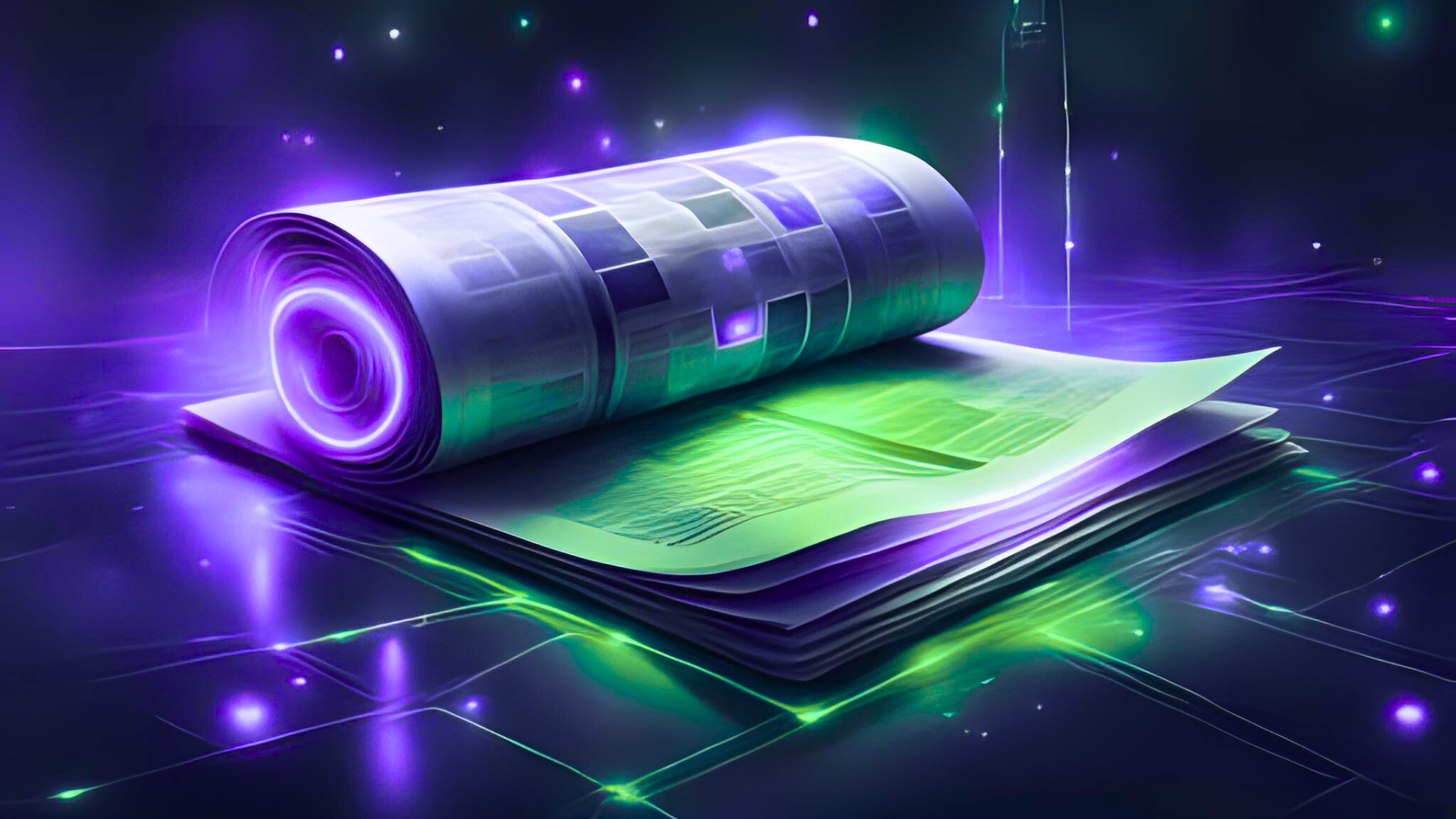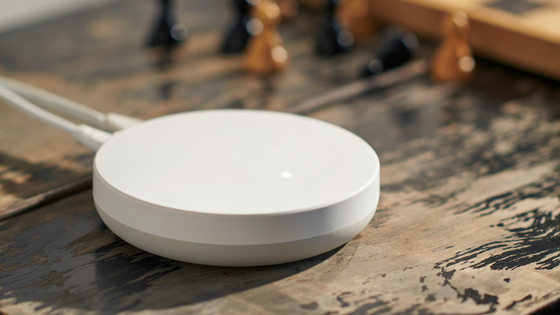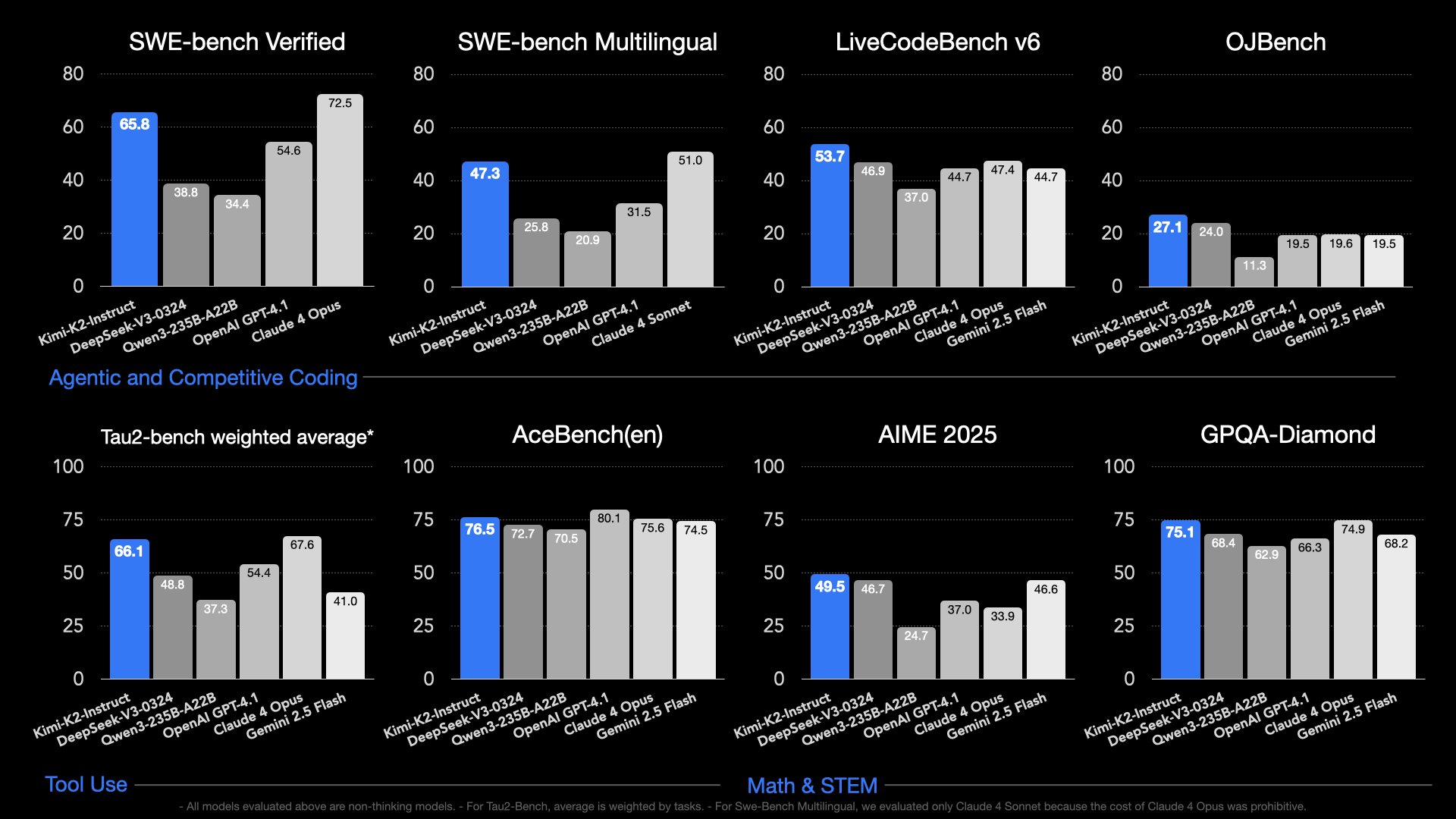IoT Chronicles: July 2025
The Wrong Approach Is

The year’s moving fast- and so is IoT. July didn’t just bring incremental updates; it dropped bold plays, tech that feels like sci-fi, and AI tools that are starting to feel less like assistants and more like co-creators. From flat-pack furniture going full smart-home to AI guarding our edge devices, here’s the quick, sharp breakdown of what shook the industry this month.
1. IKEA’s Matter Makeover: Smart Home Goes Cross-Platform

IKEA is going all-in on Matter. Starting January, over 20 new Matter-over-Thread devices will hit shelves-think smart lights, sensors, remotes, and air-quality monitors with more to follow. Its Dirigera hub is leveling up from a simple Matter bridge to a full Matter Controller with Thread border-router support, opening the door to seamless control of both IKEA and third-party gadgets. Older Zigbee remotes will still work via Touchlink, ensuring your existing setup stays intact. Oh, and two new budget Bluetooth speakers a retro-styled Nattbad (~$50) and the Blomprakt speaker-lamp arrive in October. Matter means easier setup, wider compatibility (Apple Home, Google Home, Alexa), and IKEA’s trademark affordability.
2. OpenAI’s Windsurf Deal Sinks, Google Catches the Wave
The much-anticipated OpenAI acquisition of AI coding startup Windsurf has officially sunk. Instead, Google hired Windsurf’s CEO Varun Mohan, co-founder Douglas Chen, and much of its R&D team for DeepMind’s “agentic coding” work on Gemini. Google also scored a non-exclusive license to some of Windsurf’s tech without buying the company. Windsurf now sees Jeff Wang step in as interim CEO, with Graham Moreno as president.
3. Vibe-Coding Hardware: PCB Design by Prompt
Chris from Atomic14 took AI-assisted development to the next level, asking Anthropic’s Claude to design an ESP32-S3 dev board purely from prompts - no peeking at intermediate code. Using Atopile to translate AI output into KiCad, he specified components (ESP32-S3, USB-C with CC resistor, 3.3V regulator, LEDs, buttons, QWIIC, RC circuit) and design rules. After nudging Claude to “connect the dots” (literally) and fix a missing capacitor, the board came together with full functionality. It’s a glimpse at a future where AI accelerates early-stage hardware design—not replacing engineers, but supercharging them.
4. Kimi K2: Open-Source Agentic AI at Massive Scale

Meet Kimi K2 - an open-source AI model boasting ~1 trillion parameters (32B active via MoE). It’s already topping benchmarks like SWE Bench Verified, Tau2, and AceBench, with standout performance in coding and agentic automation. The model is making waves in the AI developer community for its scale, openness, and raw capability.
5. AI Takes Point on Edge Security
As IoT networks expand, from connected factories to autonomous vehicles, cyberthreats are multiplying. AI is stepping in to detect anomalies, block intrusions, neutralize malware, and enforce encryption and compliance automatically, all in real time. By shifting from reactive defense to proactive protection, AI is transforming edge security into something smarter, faster, and far harder for attackers to crack.
July’s Takeaway: This month proved that IoT’s future is being shaped by three unstoppable forces, standardization (Matter), specialization (long-range Wi-Fi, smart-home hubs), and intelligence (AI that codes, protects, and scales). The rest of 2025? Expect more unexpected partnerships, more open-source heavyweights, and more moments where we step back and think, “Wow… we’re really living in the future now.”
Rapidly adapt our competences into your IoT solution
Contact us and share your challenges
.jpg)
